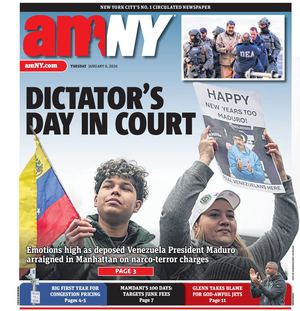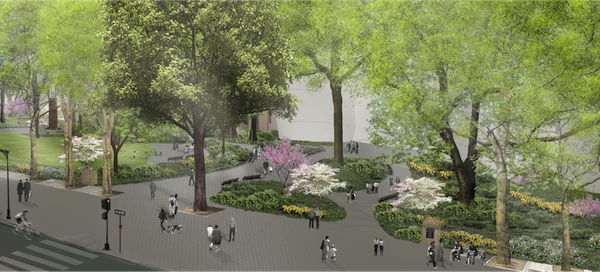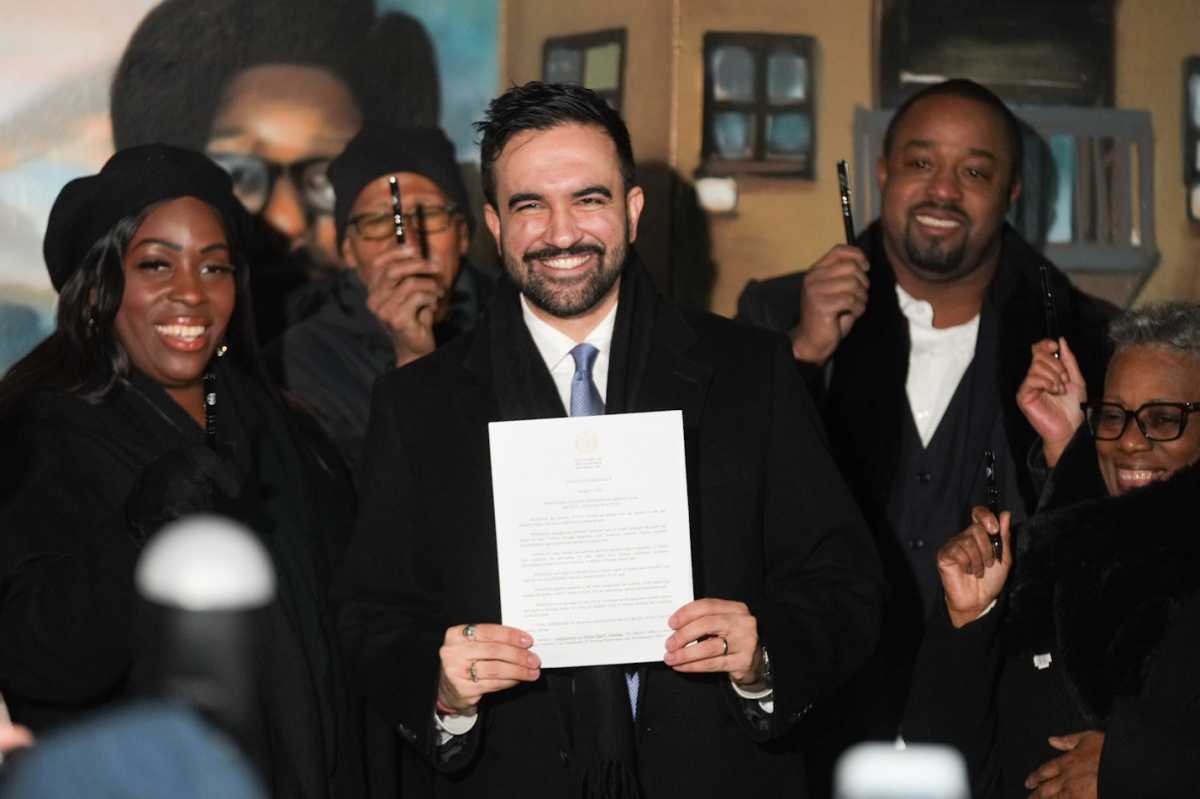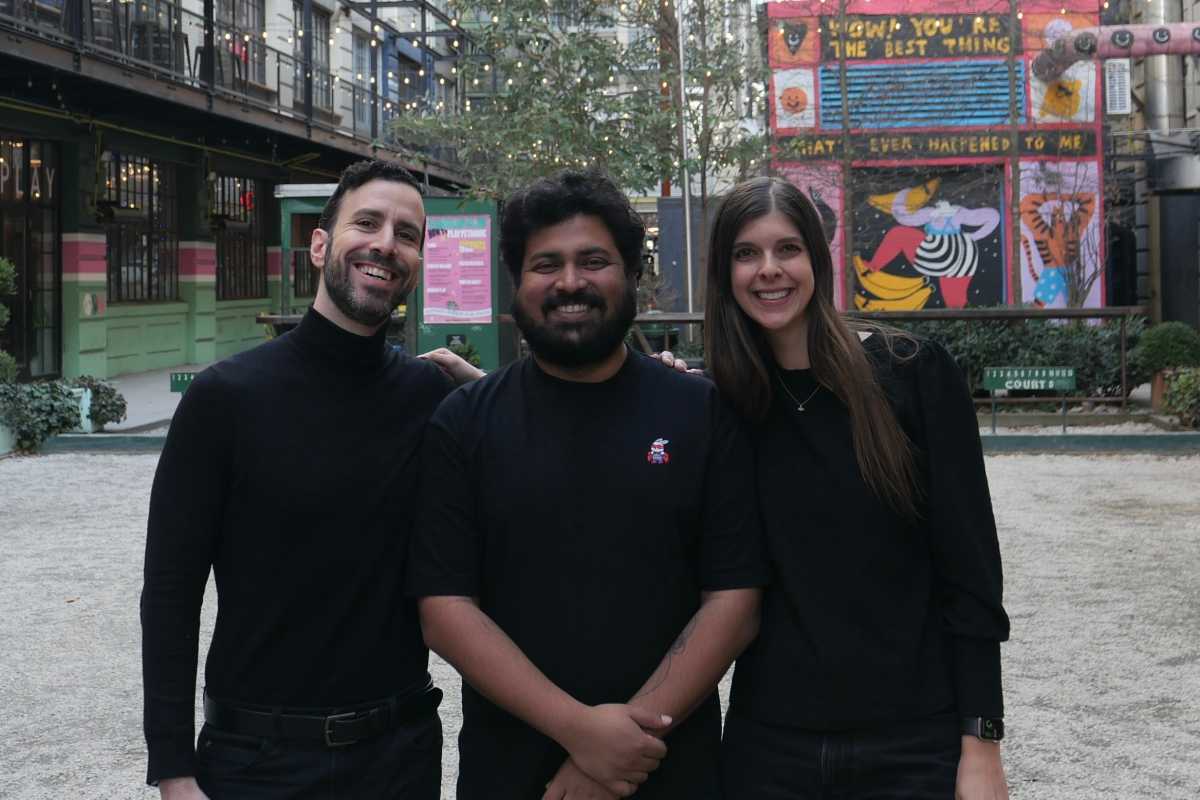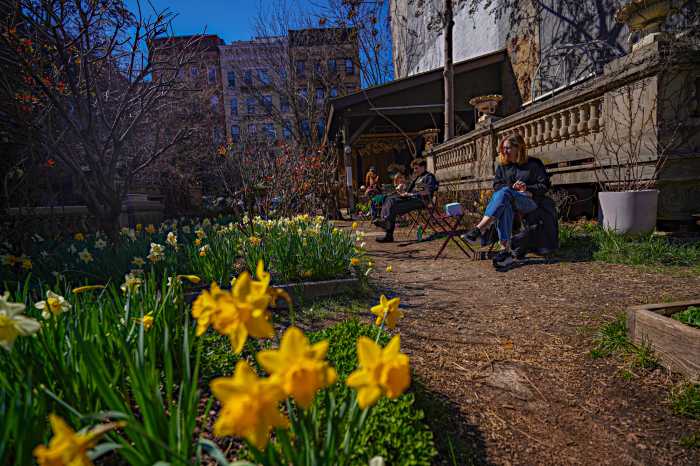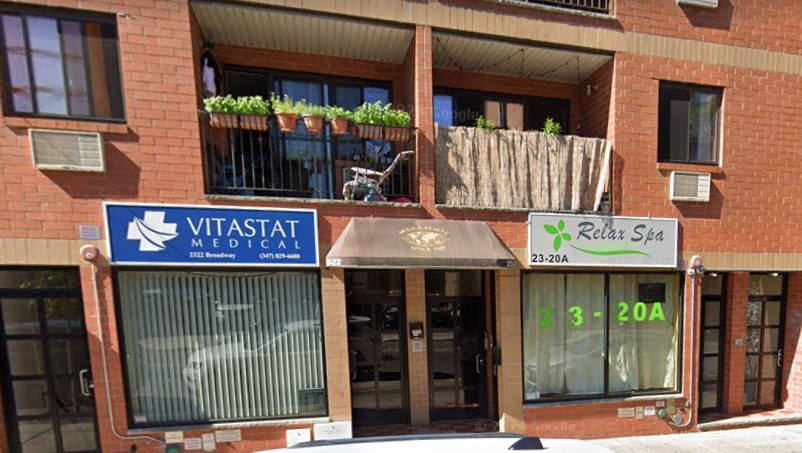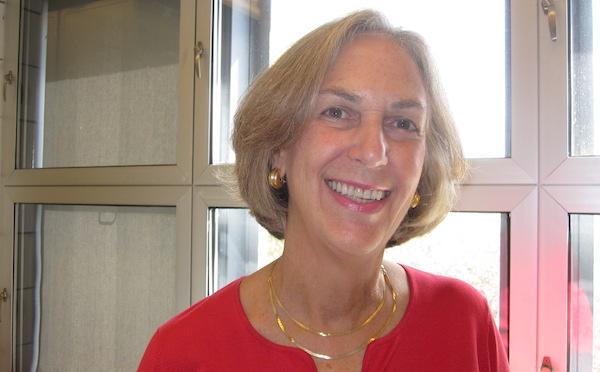
BY JACKSON CHEN | The first of several community groups that emerged to oppose the American Museum of Natural History’s expansion is changing its leadership once again, with its current president, Adrian Smith, stepping down for a position with the city Department of Parks and Recreation.
Replacing him as the president of the Defenders of Teddy Roosevelt Park is Lydia Thomas, who is one of the nine founding members of the group and a 44-year resident of the Upper West Side.
After Smith accepted the position of project team leader for the parks department’s Staten Island division, ethics and conflict of interest regulations required him to relinquish his role as spokesperson for the Defenders since the group interacts with the city agency. Smith, a landscape architect, held the organization’s presidency for roughly six months and succeeded Sig Gissler, the former administrator of the Pulitzer Prizes at Columbia University.
Like Gissler, the group’s founding president, Smith will remain on the Defenders’ board that will now be under the guidance of Thomas, who was unanimously voted in as the new president on August 1.
“We looked at [Smith’s] expertise for landscape design and we still hope to tap into that knowledge base because he’s still with us,” Thomas said. “We have the same language, and we’re still in the same plane.”
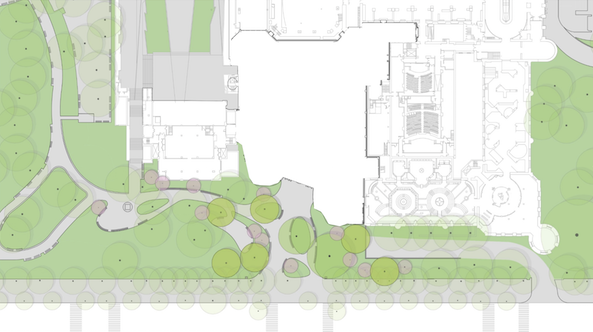
Thomas, the founder of a life management and organization business, Power Thru the Clutter LLC, will springboard off of Smith’s parks knowledge and focus her efforts on questions regarding the size and footprint of the Richard Gilder Center for Science, Education and Innovation and its negative effects on the surrounding Theodore Roosevelt Park.
“Without much information from the museum at this point,” Thomas said, “all we have to go on is this rather large concept design of the Columbus Avenue side of the structure.”
While Smith said he focused his time as president more on the specific challenges that the project posed for the park’s ecosystem, he feels his tenure yielded good results, with two mature trees — an English elm and a Pin oak — being preserved as part of a redesign rendering the museum revealed to the public on July 21. Originally, nine trees were slated to be removed to make way for the museum expansion, with 17 new ones planted in return.
Going forward, the group’s focus will be on upcoming reviews of the project by the Landmarks Preservation Commission as well as evaluation of finalized designs for the expansion.
“We still are not satisfied that this is an enormous building,” Thomas said. “We feel that to protect the park long term, we’d like to see the scale of the building pushed back significantly so that more and more of the park can be preserved.”
Current plans for the Gilder Center show 20 percent of its footprint on existing park land.
Thomas has been invited to serve on the museum’s Transportation Working Group, which is expected to meet again in September, according to Dan Slippen, the museum’s vice president of government relations. The other panel formed by the museum to invite stakeholder input on the expansion, the Park Working Group will now include another founding Defenders member, Stuart Blumin, to replace Smith with a seat at the table.
With the Defenders working more closely with the museum than they had in the past, several other groups, including the Community United to Protect Theodore Roosevelt Park and the Alliance to Protect Theodore Roosevelt Park, have split off to voice opposition to the Gilder Center project. According to Cary Goodman, an outspoken critic of the museum expansion who has been involved with a variety of these groups, opponents are now working to form a coalition to build more unity in their mission to save park land.
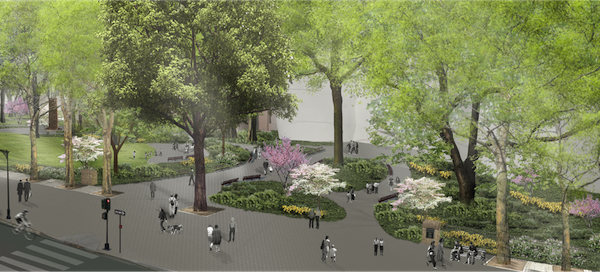
Goodman, who is pushing to have zero park land impacted, led a group of opponents in a meeting with city Parks Commissioner Mitchell Silver on July 13. The hour-long meeting has resulted in no specific follow-up from the parks department, Goodman said.
Goodman voiced hope that the Defenders’ new president would be more open to bringing together the opposition groups to strengthen their common mission going forward.
Thomas acknowledged the fractured efforts of the opponents, but said that saving open park space remains the key and vital goal for everybody involved.
“We’re sorry that the splinter groups made it more confusing for the community about who’s working for whom,” Thomas said. “We’re all working for the same end, which is to minimize the impact on the neighborhood.”
